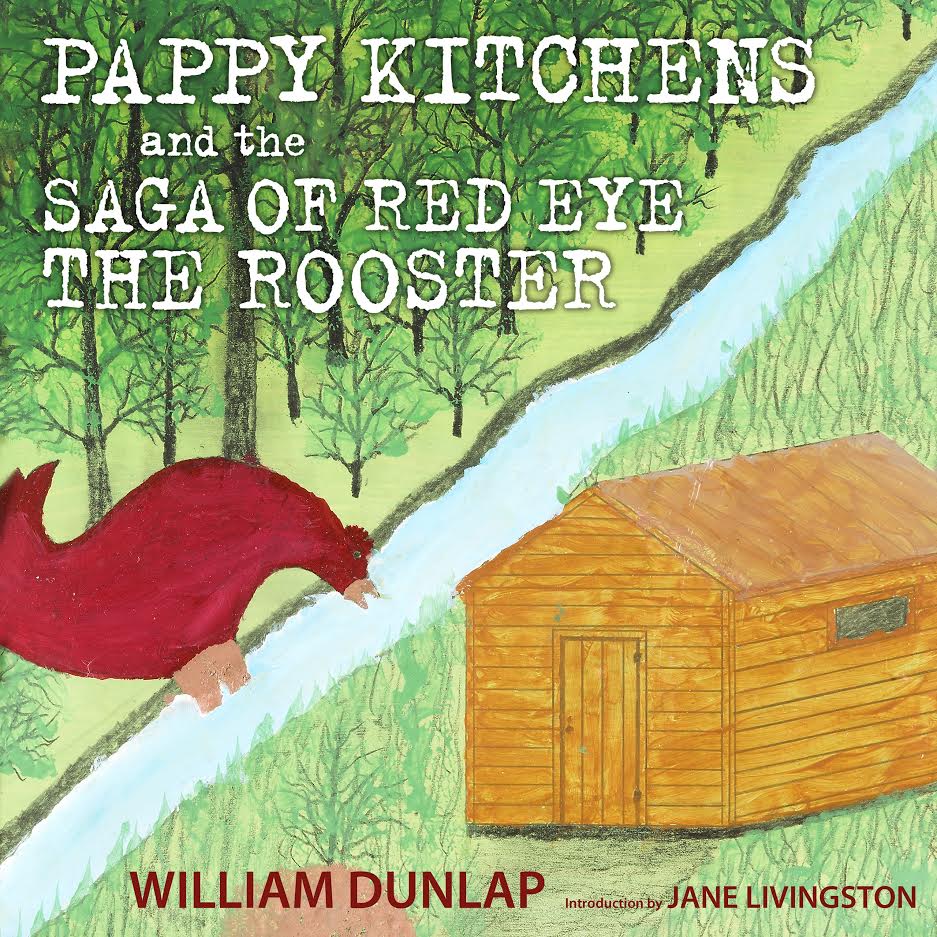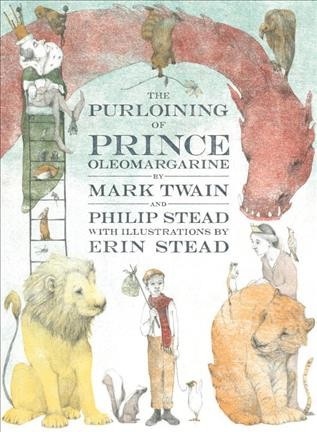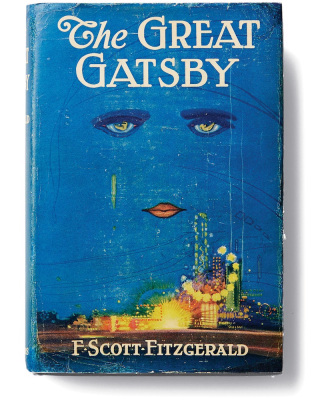A hearty thanks to Sarah Ryburn Mealer, Creative Writing teacher at Jackson Academy for the following guest blog.
I have been a fan of Ron Rash since reading his novel One Foot in Eden, and if there was any reserve in my adoration of his writing, the novel Serena banished it entirely. Although this blog is mostly about his newest novel, The Cove, I must in all good conscience say to you that if you haven’t read One Foot in Eden and Serena please run, don’t walk, to Lemuria right now for all three! Let me explain my sense of urgency and conviction.
Ron Rash is undoubtedly one of the best writers of literary fiction writing and publishing today. I know, I know– you read and/or hear this constantly. It seems that every debut novelist these days almost gratuitously earns the moniker “the most astonishing/vibrant/important new voice in fiction today,” and every published author’s next work is evidence of “a master at the height of his powers.” The phrases may be hackneyed, but in the case of Ron Rash, they are both fit and truthful.
Rash writes in a voice that is astonishing and vibrant, and because he is a master and one of the best contemporary talents in Southern fiction, we need to read his work! One of the things I respect most about his writing is the sheer consistency of its quality. The Cove establishes, as if it needed proving in my mind, that Rash is an author with a gift for more than great story-telling. His narrative style is lyric and poetic, hardly surprising since Rash has published several volumes of poetry in addition to his novels. He is also a teacher of writing, and this experience shows in his attention to detail, his careful crafting of character and situation. More even than this, in his use of setting.
 In each of his novels, Rash paints a rich and living portrait of his beloved Appalachia. In The Cove, as in One Foot in Eden and Serena, the landscape is more than setting and takes on the dimension of character in its own right, giving to the novel both rooting in time and place and somehow an other-worldly atmosphere. The Cove is a haunting, almost mythical place, and Rash’s characters have been molded by their own and others’ beliefs about its other-worldliness.
In each of his novels, Rash paints a rich and living portrait of his beloved Appalachia. In The Cove, as in One Foot in Eden and Serena, the landscape is more than setting and takes on the dimension of character in its own right, giving to the novel both rooting in time and place and somehow an other-worldly atmosphere. The Cove is a haunting, almost mythical place, and Rash’s characters have been molded by their own and others’ beliefs about its other-worldliness.
Laurel and Hank Shelton are brother and sister, bound by ties of blood and a shared identity as outsiders. They have grown up in the Cove and on the outskirts of a small Appalachian community steeped in tradition and superstition. As the novel opens, Hank is recently returned from the trenches of World War I. He is now a veteran soldier, wounded in the line of duty, and as such has lost the shroud of suspicion and fear that encircles both the Cove and those who live in it. Hank’s acceptance by the community and his impending marriage introduce a wholly new dimension of loneliness to Laurel’s existence. The appearance of a stranger, himself an outsider and shrouded in mystery, opens for Laurel the possibility of understanding, love, and happiness– experiences she has too rarely encountered in the Cove or what little she has seen of the world beyond it.
Rash’s picture of this insular community, its ignorance and fearfulness, resonates deeply with our world today in the sense that great literature always does transcend time and place. The Cove probes the causes that lead one man to despise another. Laurel’s “birth stain” destines her for isolation and the contempt of her community, but Rash moves quickly beyond surface issues. His tale reveals an intimate portrait of human loneliness and the great, heart-breaking tragedy that arises from those moments when we are unable to accept understanding and compassion for ourselves or to offer it to those around us. These are timely themes for a digital world that moves with lightening speed from one meaningless twitter-bite to the next, often at the cost of real human connection.
Add to the poignancy of his themes the abject beauty of his language. As in his use of setting, Rash’s narrative voice seems richly evocative of time and place. Laurel’s speech runs with lyric grace through the shadows and spots of sunlight in the Cove like the music of the stranger’s flute. It sings with the musical cadence of the Blue Ridge, with turns of phrase like “before full dark” and “kindly of you”– phrases like those a dear friend (another unabashed lover of all things Ron Rash) hears still spoken through childhood memories of her grandparents’ speech “away home” in Tennessee.
Stunning– this is the best word I can imagine to describe these novels. Ron Rash is absolutely one of my favorite authors, so I invite you to experience the magic of his artistry. Read The Cove– read One Foot in Eden and Serena– and we’ll wait together, impatiently, for his next work of art!
Join us on Wednesday, April 18th for a signing and reading with Ron Rash at 5:00 and 5:30.







 O.W. “Pappy” Kitchens was a distinctive Mississippi character. He was a building contractor and house mover, as well as an accomplished storyteller, who, after he sold his business and retired, discovered that he was an artist.
O.W. “Pappy” Kitchens was a distinctive Mississippi character. He was a building contractor and house mover, as well as an accomplished storyteller, who, after he sold his business and retired, discovered that he was an artist. It’s hard to believe that Ace Atkins’ acclaimed Ranger series has logged book number nine with
It’s hard to believe that Ace Atkins’ acclaimed Ranger series has logged book number nine with 












![Wild Magnolias - Wild Magnolias [a]](http://blog.lemuriabooks.com/wp-content/uploads/wild-magnolias.jpeg)